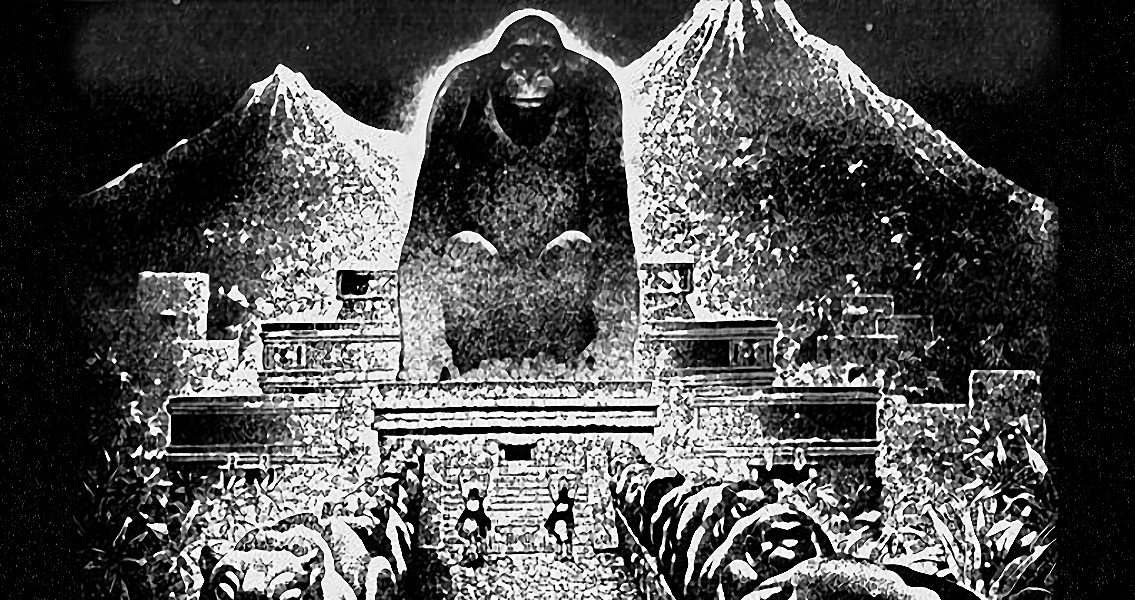<![CDATA[A recent expedition deep into the rainforest of Honduras has made a remarkable discovery, a mysterious lost city belonging to an unknown culture. Christopher Fisher, an archaeologist from Colorado State University, led the expedition which had hoped to find the legendary La Ciudad Blanca, or White City, a settlement said to have contained incredible wealth. It has been claimed that the White City is simply a mythical construct; nevertheless, many have tried to find it. Spanish conquistador Hernán Cortés stated he had received 'trustworthy' information on a region of extreme wealth in Honduras, one with many towns and villages, but he never located such settlements. In the 1920s and 1930s, many explorers and adventurers attempted to find the White City and its immense riches. The most famous expedition occurred in 1940, and was led by the eccentric Theodore Morde, who had been hired by the Museum of the American Indian (now the Smithsonian Institution). Morde returned with thousands of artefacts, and claimed he had found the White City. According to Morde, the indigenous people had told him the city contained a giant, buried statue of a monkey god. Morde refused to divulge the location, fearing the site would be looted. Fisher and his team have been systematically mapping and investigating a series of extensive plazas, earthworks and an earthen pyramid believed to be a thousand years old. It is thought that these structures represent the accomplishments of a culture which had thrived, before suddenly vanishing. A spectacular cache of stone sculptures was also found which had lain untouched since the time the city had been abandoned. One of the most striking objects discovered was a stone carving of the head of a 'were-jaguar'. It is possible that this sculpture represents a shaman transformed in a spirit state. Also, it has been suggested that the artefact could have been part of ritualised ball games, a feature of pre-Columbian life in Mesoamerica. That there is so much speculation about the finds is an indication of how exciting this discovery is. Very little is known about the civilisation which produced these artefacts, meaning the city represents a new chapter in the history of Mesoamerica. The newly-discovered culture is virtually unknown to researchers; archaeologists currently do not even have a name for it. The ruins were first found in May 2012, during an aerial survey of a remote valley in La Mosquitia. La Mosquitia, a huge region with swamps, rivers and mountains, has been difficult for researchers to penetrate; it remains one of the last scientifically unexplored areas on Earth. "The undisturbed context is unique," Fisher said. It is very rare to find a site which has not been looted and it promises to reveal a huge amount of information about a vanished culture. All discoveries were documented and catalogued, although they have been left unexcavated. In order to protect the site from looting and preserve its undisturbed nature, the location of the city is being kept secret. Image courtesy of Wikimedia commons user: ThaddeusB]]>
Lost City Discovered in Honduras
